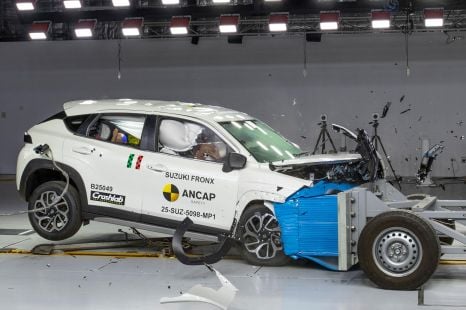

Damion Smy
Suzuki Fronx scores one-star ANCAP rating after seatbelt failure
6 Hours Ago

Contributor
It’s been 10 years since the Nissan Leaf went on sale in Australia, kickstarting the mainstream electric vehicle charge, and the Japanese brand is celebrating.
Over the last decade, Nissan has sold more than 2000 examples of the Leaf EV in Australia. Globally more than 600,000 have been sold.
This year, Nissan has sold a total of 199 Leaf models to the end of May according to VFACTS data.
Despite the local anniversary celebrations, the Leaf has technically been offered globally now for 12 years.
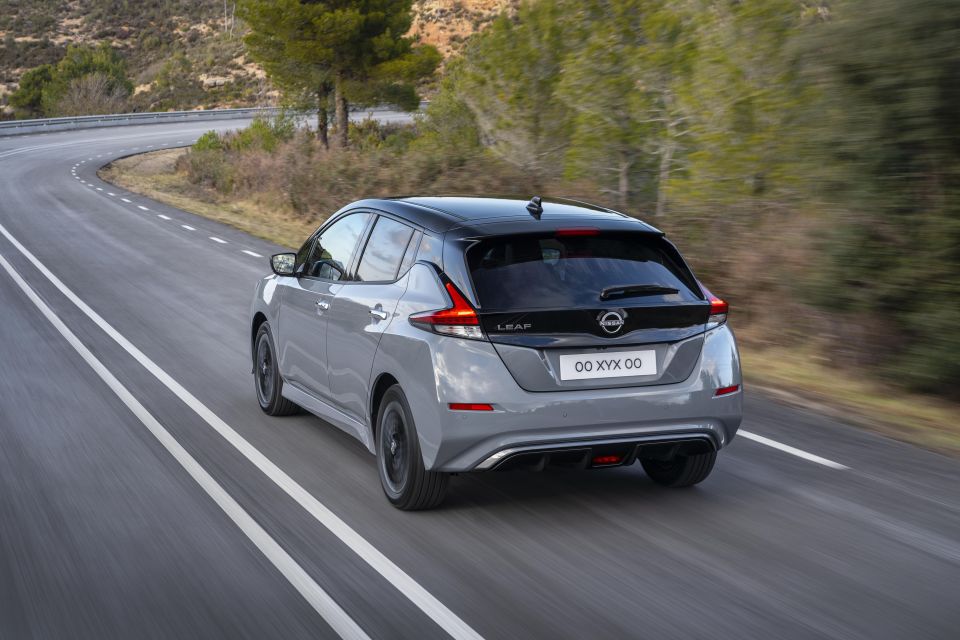
Nissan Australia found that all the Australian-delivered Leaf models have collectively driven the same distance as travelling to the moon and back 76 times.
It discovered this distance equals a fuel saving of more than four million litres, or 93 million kilograms of tailpipe CO2 emissions.
Nissan Australia also found the combining of all Australian-delivered Leaf’s battery packs totals around 74,000kWh, which is enough to power 4800 Australian homes for a day.
The Nissan Leaf has been available in two different generations since its Australian launch in 2012.
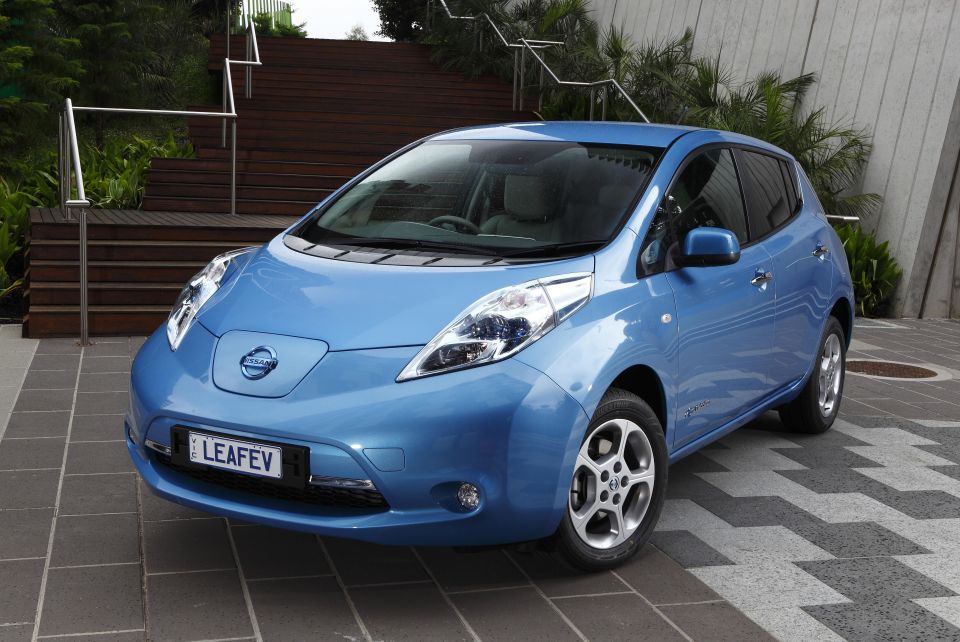
The first-generation Leaf EV was powered by a single electric motor producing 80kW of power and 280Nm of torque.
This was initially mated to a 24kWh lithium-ion battery pack with a claimed range of 170km according to NEDC testing. This lithium-ion battery pack was later upgraded to 30kWh.
The current, second-generationLeaf EV went on sale locally in 2019 and was initially offered with a single electric motor producing 110kW and 320Nm of torque.
This was mated to a 40kWh battery pack with a claimed range of 270km according to WLTP testing.
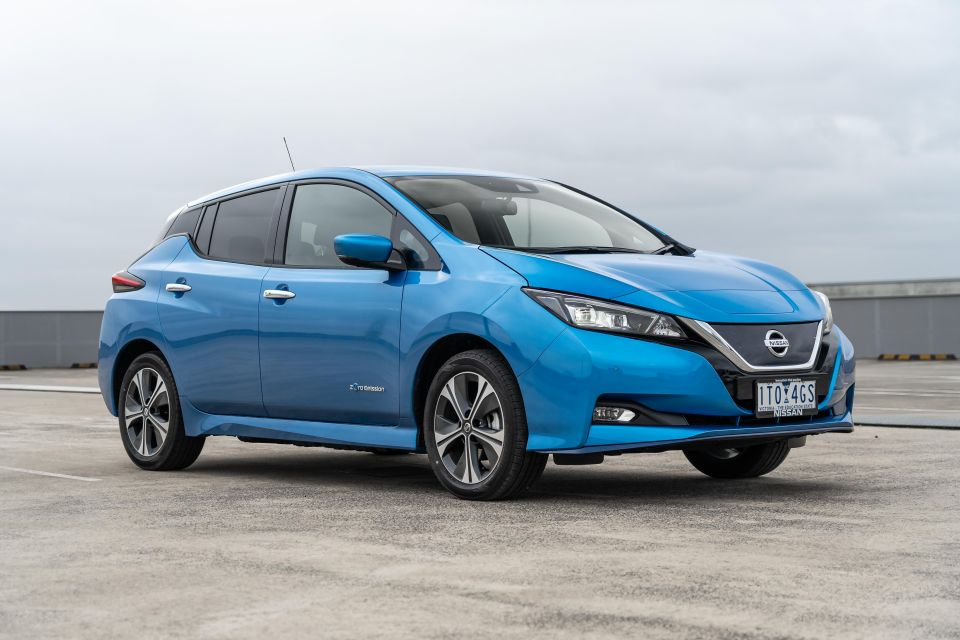
This powertrain and battery combination is still available but in 2021, Nissan introduced the longer-range Leaf e+ which features a more powerful 160kW/340Nm electric motor and a larger 62kWh battery pack.
Claimed range for the Nissan Leaf e+ is 385km.
Nissan Australia confirmed this year the Leaf is receiving an update which brings tweaked exterior styling and a new digital rear-view mirror.
It does miss out on the Amazon Alexa integration and the ProPilot semi-autonomous driving mode that are offered in European-market Leaf models though.
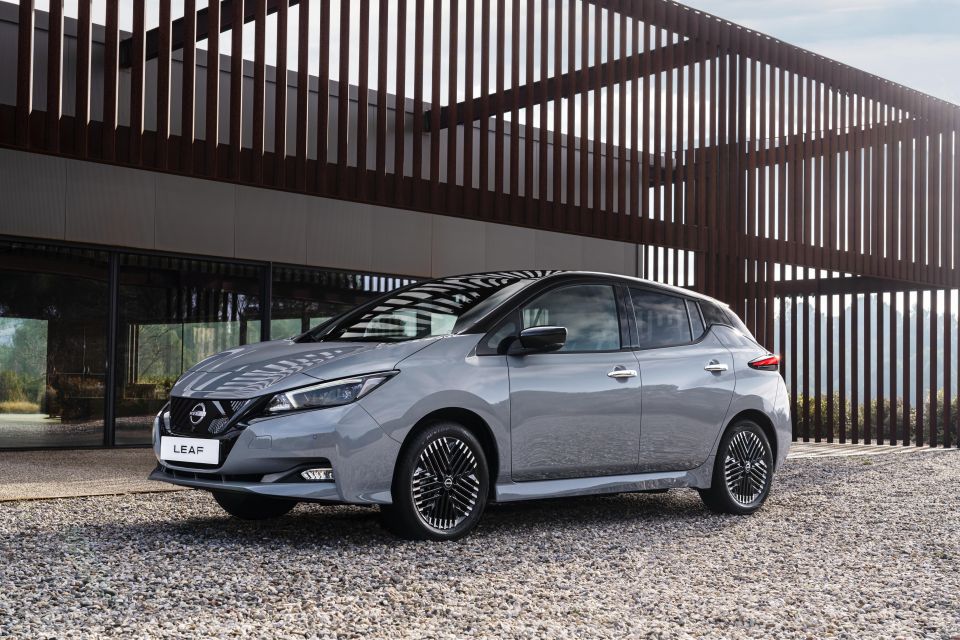
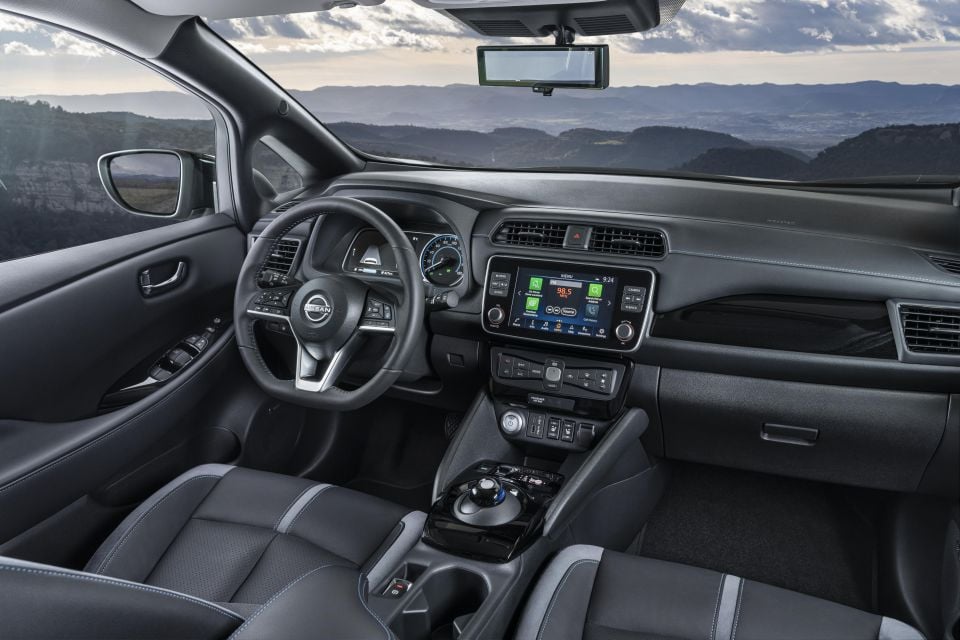
The updated model, which Nissan is calling a 2023 vehicle, is due here this August.
It’s priced from $50,990 before on-road costs for the base model, while the longer-range Leaf e+ is starts at $61,490 before on-road costs.
Both of these 2023 Leaf models are $1000 more expensive than the pre-update model they are replacing.
As previously noted, the Nissan Leaf is seen as one of the original mainstream EVs, although the Japanese automaker didn’t take advantage of its first-mover advantage and branch out from the Leaf sooner.
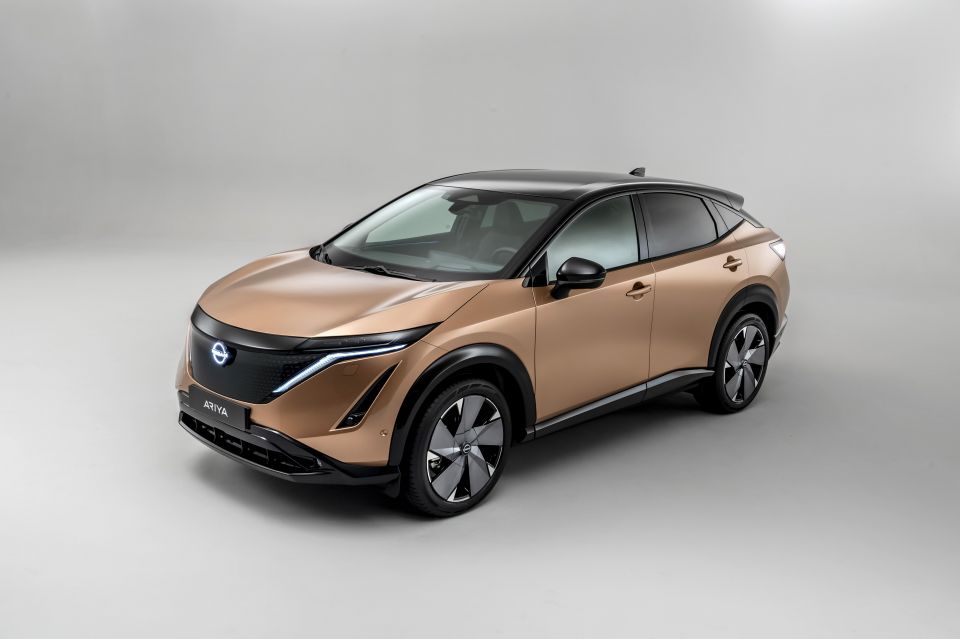

It took until 2021 for Nissan to introduce a second global EV, the Ariya crossover. Local launch timing for this model has yet to be confirmed.
The Leaf itself is set to be replaced in 2025 by a new electric crossover, though it’s unclear if it’ll retain the Leaf nameplate.
It’s set to use the Renault-Nissan-Mitsubishi Alliance’s new CMF-EV platform that’s also underpinning the Ariya and the Renault Megane E-Tech Electric.
MORE: Everything Nissan Leaf
Where expert car reviews meet expert car buying – CarExpert gives you trusted advice, personalised service and real savings on your next new car.
Jack Quick is an automotive journalist based in Melbourne. Jack studied journalism and photography at Deakin University in Burwood, and previously represented the university in dance nationally. In his spare time, he loves to pump Charli XCX and play a bit of Grand Theft Auto. He’s also the proud owner of a blue, manual 2020 Suzuki Jimny.


Damion Smy
6 Hours Ago
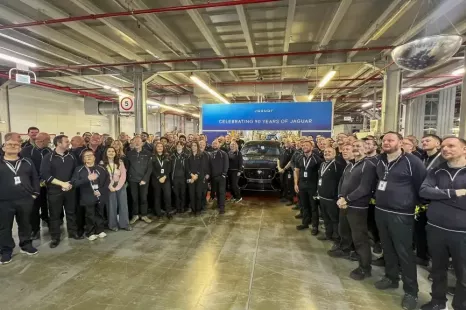

Damion Smy
9 Hours Ago
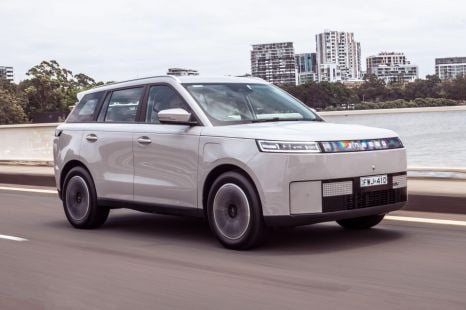

Josh Nevett
11 Hours Ago
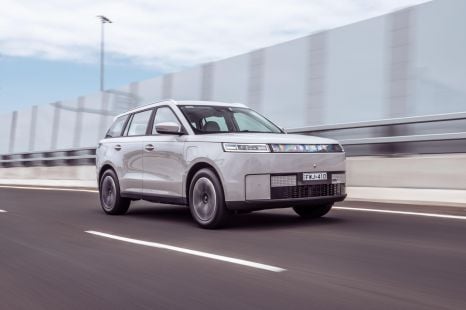

Josh Nevett
11 Hours Ago
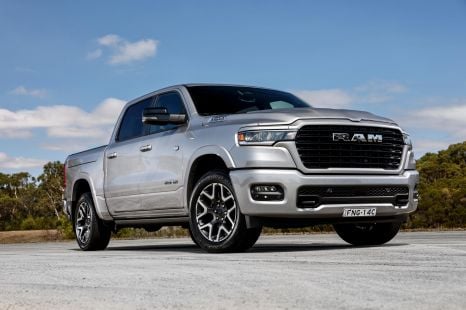

Damion Smy
12 Hours Ago
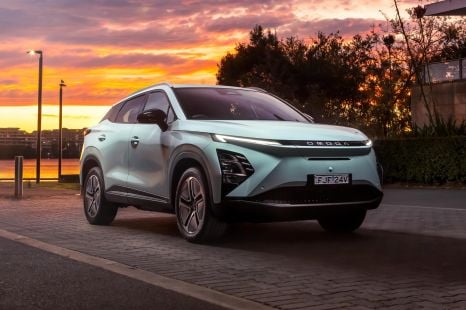

CarExpert.com.au
12 Hours Ago